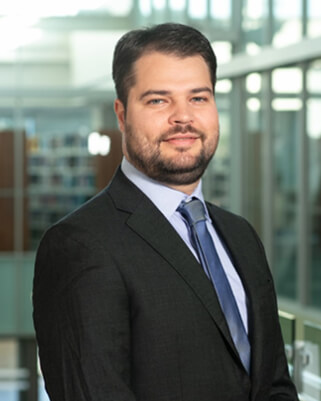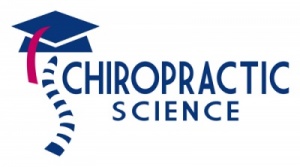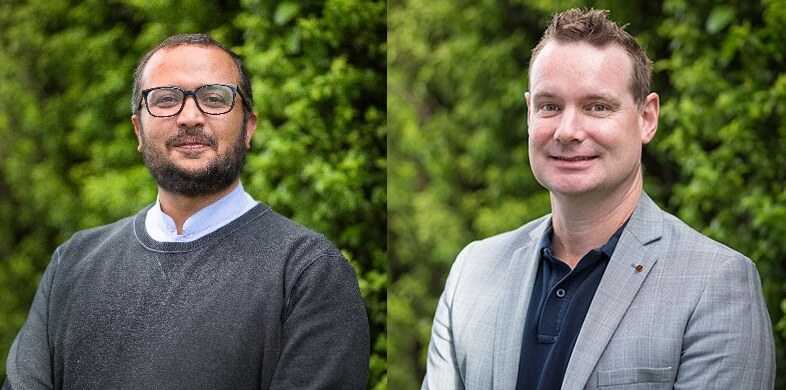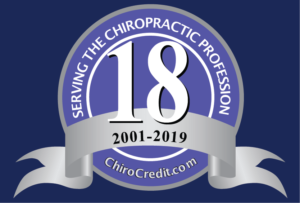
Dr. Felipe C. K. Duarte graduated from Feevale University-Brazil in 2008. He has clinical experience as a chiropractor and three other degrees (postgrad dip: Exercise Physiology; MSc: Human Physiology; PhD: Neuroscience). Between 2019 and 2023, he held a research-intensive position at CMCC-Toronto as a postdoctoral fellow and research associate in a rehab research-focused hospital (KITE-Toronto Rehab Institute-UHN, Toronto). Since 2023 Felipe is a senior lecturer at the School of Health, Medical and Applied Sciences, Chiropractic Discipline, Central Queensland University, Australia. He also holds Adjunct professor status at the Canadian Memorial Chiropractic College.
His research interests aim to (1) investigate the neurobiological and neuromechanical mechanisms underlying highly prevalent disabling chronic musculoskeletal conditions, such as chronic spinal pain, neuropathic pain, fibromyalgia, myofascial pain syndrome, and osteoarthritis, which are of great concern to public health systems; (2) Investigate the underlying mechanisms of rehab strategies such as force-based mechanotherapy (e.g., spinal manipulation), focusing on the neurobiological and neuro-immune factors; (3) use these biological determinants to explore their potential for patient stratification in chronic MSK conditions and to spinal manipulation (e.g., responders x non-responders).
Felipe has experience in various methodologies and study designs to address his research interests, which range from molecular biology to neuroimaging and clinical epidemiology. Felipe also possesses direct teaching experience in Biochemistry, Physiology, Neuromusculoskeletal Anatomy, Neuroanatomy, and Clinical Neurological Assessment and Diagnosis at both undergraduate and postgraduate levels.
Visit Dr. Duarte’s research at researchgate.net and view his faculty page.
Here are the articles we discuss during this episode:
Here is a link to Clinical Compass. While there, check out the Evidence Center, Clinical Guidelines, and various other resources!




